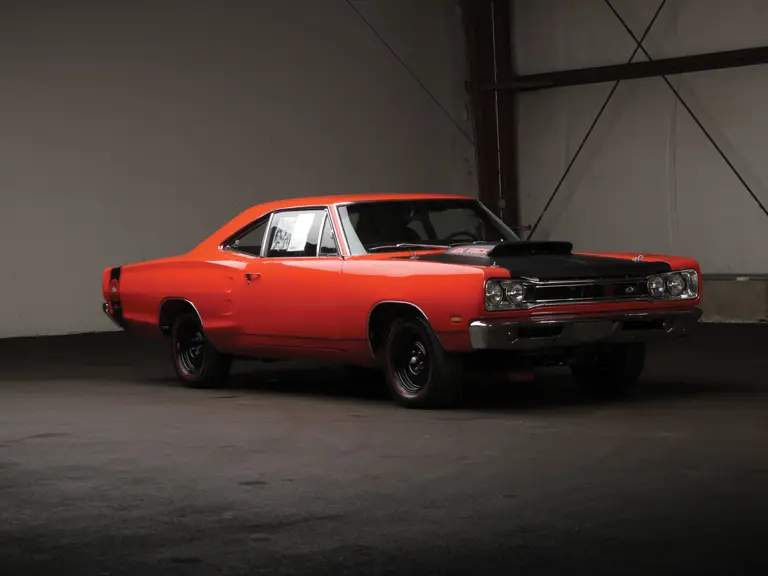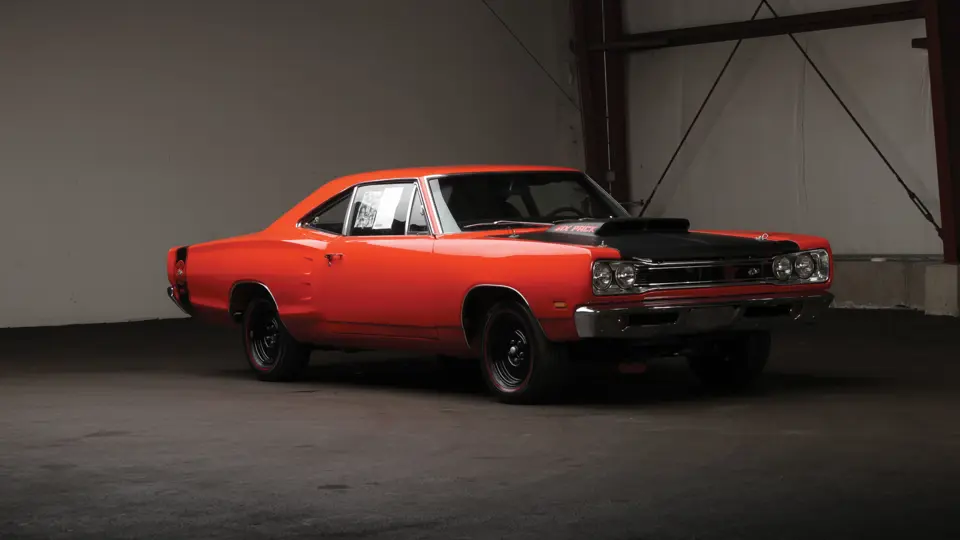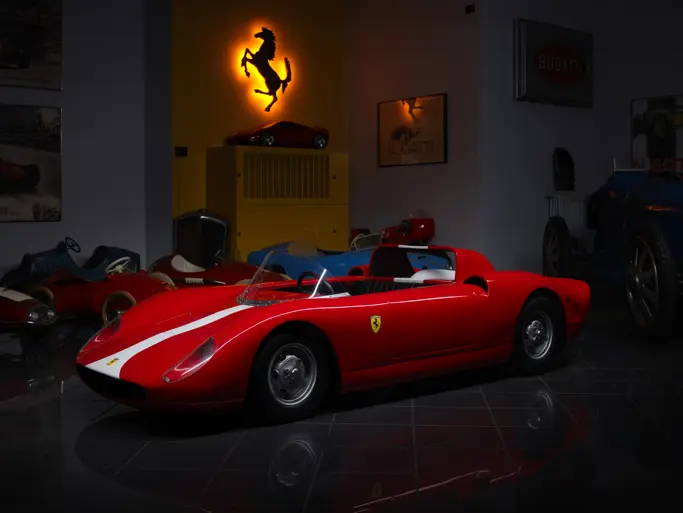 | Auburn, Indiana
| Auburn, Indiana
With musclecar mania near its peak, Chrysler Corporation, presumably realizing that its powerful engines and racing success had not yet given it leadership in muscle sales, inaugurated the Scat Pack for Dodge, which was successful enough to be copied as the Rapid Transit System for Plymouth. When introduced in 1968, the Scat Pack included the Charger R/T, Coronet R/T, Dart GTS, Swinger 340 and Super Bee as promoted in print ads, brochures, a national club, decals and swag. Mid-year 1969 presented the Scat Pack with a whole new level of performance in the A12 Super Bee.
Known among the code breakers in the MOPAR community as the A12 Super Bee (A12 referring to the option code), these unique Bees stood out from their brethren due to the matte black painted lift-off fiberglass hood with SIX PACK decals in blood red applied to both side of the massive hood scoop and the new high impact exterior colors such as HEMI Orange, Butter Scotch, Bright Green Metallic and many more.
This prime example painted Orange with a black vinyl interior includes the optional bucket seats and four-speed manual transmission with Pistol Grip shifter, AM radio, redline tires and lift-off hood. It is equipped with aftermarket steering column-mounted tachometer. When verified by the Chrysler Registry, it was recorded as one of only 198 440+6 Super Bee coupes known to exist. Of the 420 cars constructed for the US dealerships, only 267 of these were four-speed manual transmission equipped, 153 with an automatic. This car was originally a Canadian export example and presumably yet more rare. A copy of the original Broadcast sheet verifies the authenticity of this highly desirable MOPAR. Originally HEMI Orange as seen here with the correct black interior; records indicate it was ordered with a column-shift automatic, but now has an A/833 four-speed with Pistol Grip shifter. Aside from an aftermarket tachometer on the steering column and the transmission change, it is largely correct and original in many ways. The A12 Super Bees are among the most valued blue-chip musclecars, due to low production and a very low survival rate.





